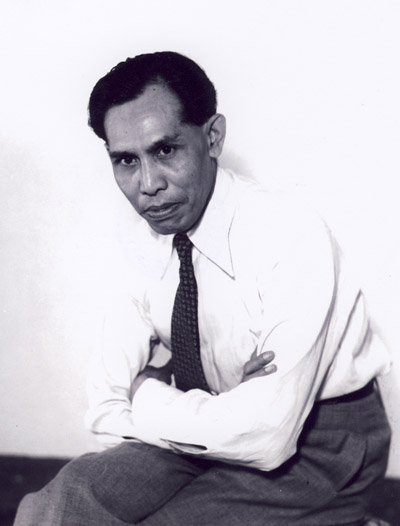
Civis 001/2013
How Do We View the World?
In daily conversation people distinguish between temporary world and eternal world. In the history of the world and the Church, there are two views.
The first view treats human life and order mainly from the eternal perspective. The world and its history are viewed as an “illusion”; there are people who don’t want to involve themselves in the world because the world is so corrupted by evil power. This is the view that avoids any interaction and engagement with the world.
The other view directs the way of life and thinking of human mainly toward this world. This view exists, for example, in Marxism and those who hold the idea of “evolution” and continuous social progress.
It is clear that the first view doesn’t care about the difficulty and needs of today’s world (human), and therefore it weakens the sense of responsibility to the world (society).
The second one takes human life in today’s world very seriously and has a very optimistic view of the world. According to this view, perfection of life happens not in the world to come, but in this world here and now.
The Bible teaches us that there is a close relationship between human and the earth:
“The earth is the Lord’s, and everything in it, the world, and all who live in it; for he founded it upon the seas and established it upon the waters.” (Psalm 24:1-2)
This earth is God’s garden. “The Lord God took the man and put him in the Garden of Eden to work it and take care of it.” (Genesis 2:15)
After the fall of human into sin, the “garden” became a cursed land where by the sweat of his brow, man would eat his food (Gen. 3:19), but the earth also became the place for God’s redemptive action in Jesus Christ.
By the work of the Lord Jesus, the temporary suffering in this world will be replaced by eternal glory. As the Apostle Paul said in Romans 8:18-21,
“I consider that our present sufferings are not worth comparing with the glory that will be revealed in us. The creation waits in eager expectation for the sons of God to be revealed. For the creation was subjected to frustration, not by its own choice, but by the will of the one who subjected it, in hope that the creation itself will be liberated from its bondage to decay and brought into the glorious freedom of the children of God.”
Thus the earth and the world of human is “God’s creation” and “God’s second time creation”.
The assembly of the World Council of Churches in Evanston stated that:
“God has created the world, and all time is embraced within His eternal purpose. He moves and acts within history as the ever-living God. The centre of world history is the earthly life, the cross and the resurrection of Jesus Christ. In Him God entered history decisively, to judge and to forgive.”
Conclusion
God in Jesus Christ is not only the King of the heaven, but also the King of the earth. God has created this earth (world). He so loved this world that he gave his only begotten Son, Jesus Christ, that whoever believes in Him shall not perish but have eternal life.
He reconciled this world in Christ Jesus. He rules, protects, and cares for this world until He comes for the second time in all His glory. With the coming of the Lord Jesus Christ into this world, God already created this world for the second time. The work of the Kingdom of God that was inaugurated by the coming of the Lord Jesus Christ will be perfected by Him at the end of time.
We who live between the two time, that is the time of Christ’s ascension to heaven and His second coming into this world, cannot detach ourselves from this earth (world), but are compelled to participate in caring for this earth, participate in the work of upholding the Kingdom of God in this world.
The Lord Jesus Christ said in His prayer:
“As you sent me into the world, I have sent them into the world.” (John 17:18)
Therefore the first view above contradicts the purpose and command of God. On the contrary, the optimistic view of the world contradicts the Biblical teaching.

This series originates from the lecture by Dr. Johannes Leimena (1905-1977) in Sukabumi, West Java, in 1955, entitled “Responsible Citizenship”. Being a student activist in STOVIA medical school, he joined the committee for the 1928 Youth Congress which gave birth to the monumental Oath of Youth. Then he served as minister in 18 cabinets from 1946 to 1966, from Minister of Health until Vice Prime Minister. He was entrusted as the Acting President of the Republic of Indonesia for seven times when President Soekarno was overseas. The Bandung Plan that he drew up based on his experience as Minister of Health is the origin of today’s Community Health Center system. He also helped the founding of the Indonesian Christian Student Movement and the Council of Churches in Indonesia.
